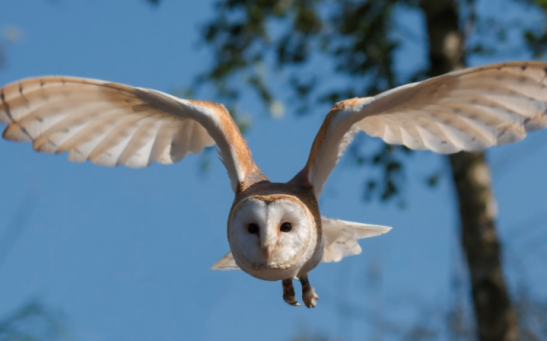birds
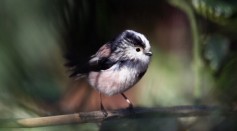
Alan Turing's Math Equations Used to Understand Bird Behavior
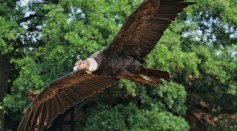
Andean Condors Can Fly for Up to 100 Miles Without Flapping Its Wings Taking Advantage of the Air Currents
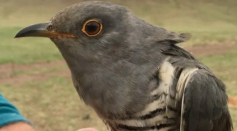
Five Cuckoos were Satellite-tagged During their Migration
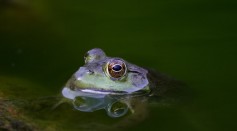
Scientists Discover the Origin of Acoustic Communication
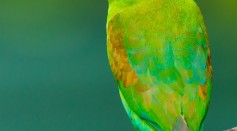
Miniaturization in Theropod Dinosaurs Paved the Way for Endothermy in Birds
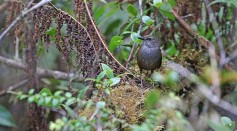
New Species and Subspecies of Birds Found in Wallacea
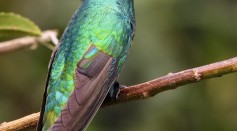
Hummingbirds and their Brightly-Colored Feathers: Scientists Explain Why These Birds Are So Brightly-Colored
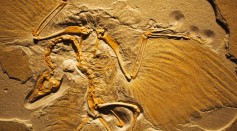
The Fukuipteryx, a New Species of Basal Bird Found in Japan, is Shaking The Avian Family Tree
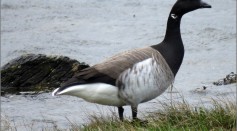
Climate Change Affects Migration of Birds
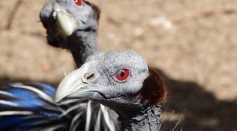
Vulturine Guineafowl Exhibits Behavior Reflective of a Multilevel Society—Something Uncommon to Birds
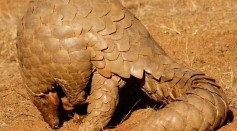
New Study Shows the Extent of Global Illegal Wildlife Trade
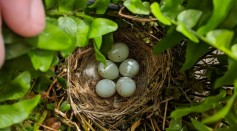
Darker Pigment in Bird Eggs Plays Important Role in Thermoregulation and Offspring's Survival
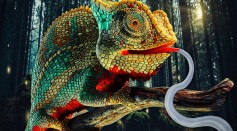
A New Set of High-Speed Soft Robots Are Developed With Inspiration from Trap Mechanism Seen in Nature
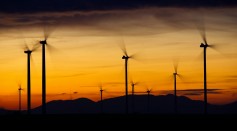
Newer Wind Turbine Design May Decrease Bird Fatalities, Study Finds
Most Popular

How Technology Is Changing the Real Estate Industry?

How a Plant-Based Diet Can Protect Against Breast Cancer: Insights from Nutrition Research

Study Reveals High Turnover in Scientific Research Careers: What This Means for Future Scientists

Nikolay Karpenko Biography, Photo, Career, Accomplishments

